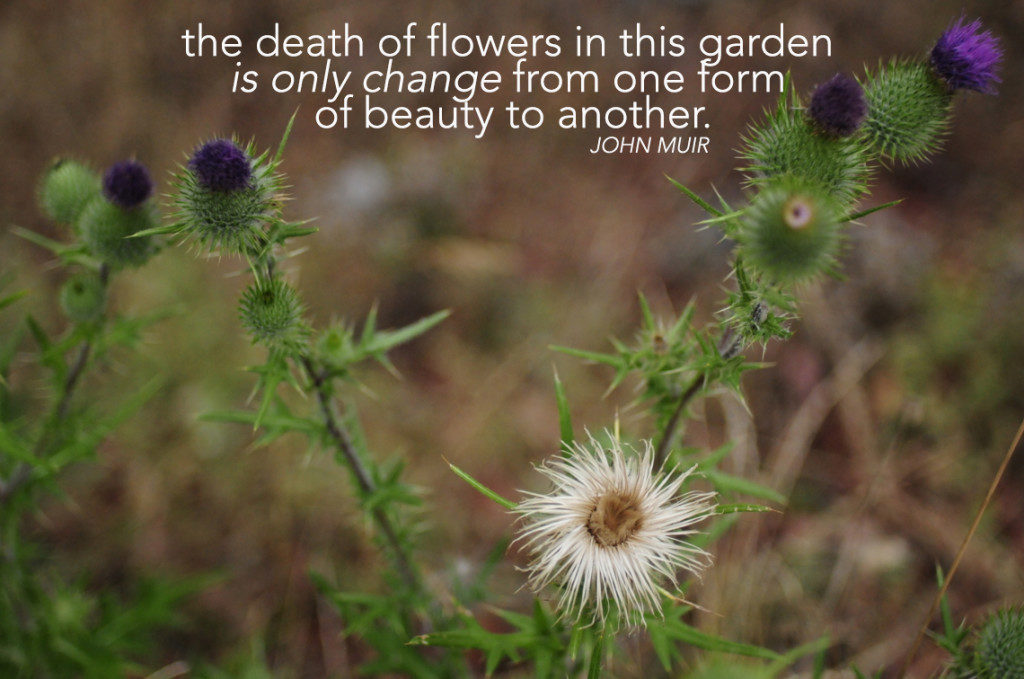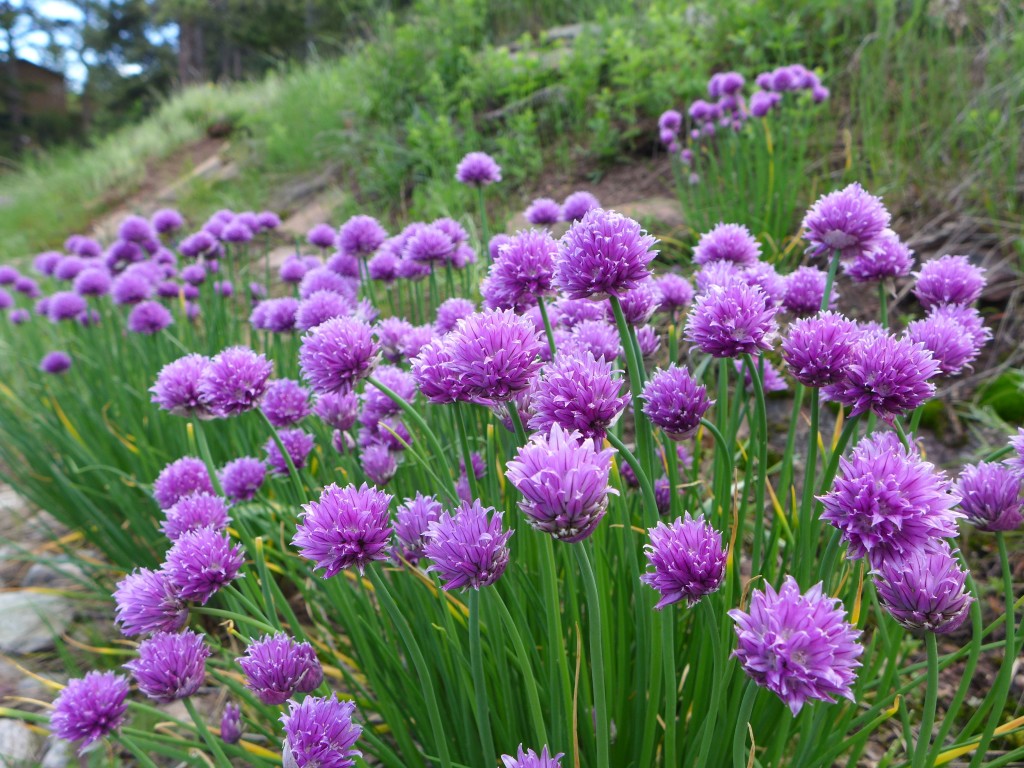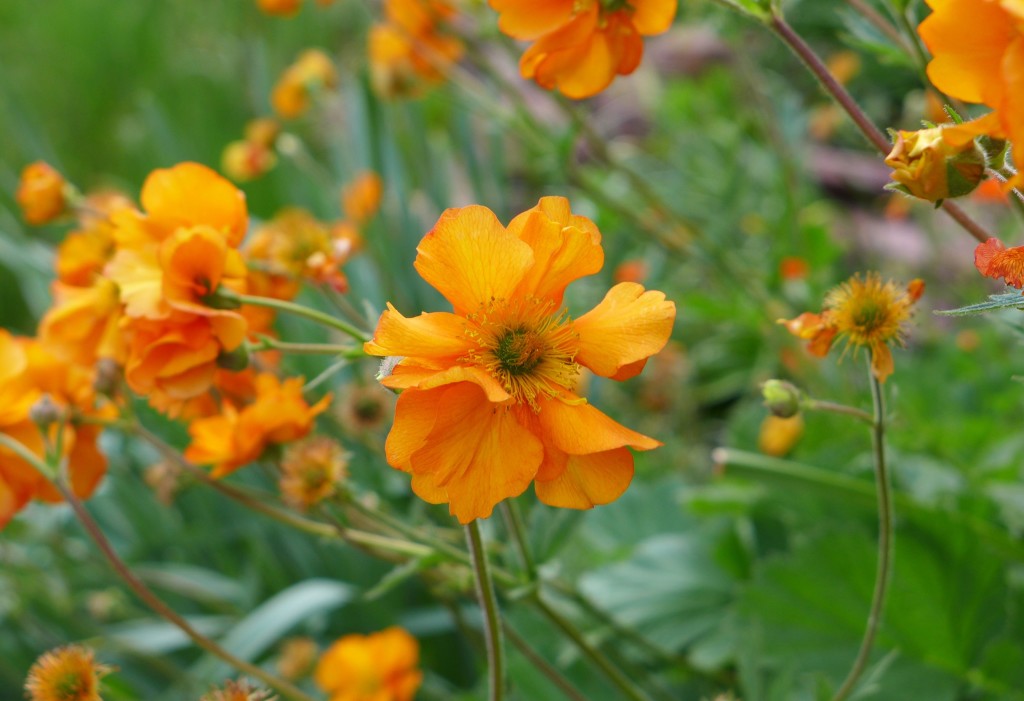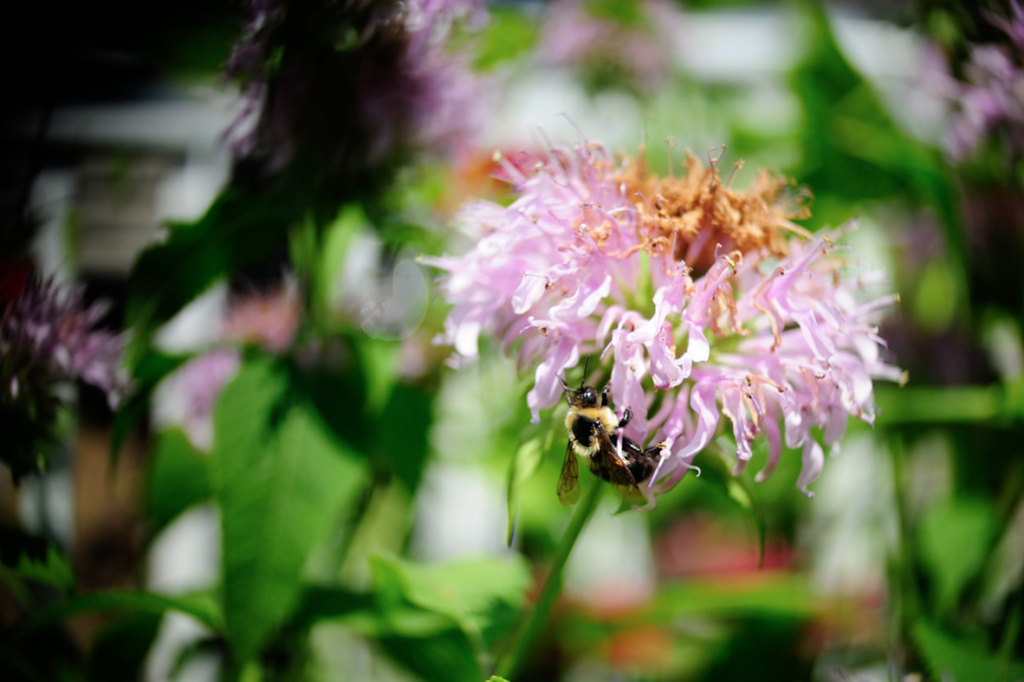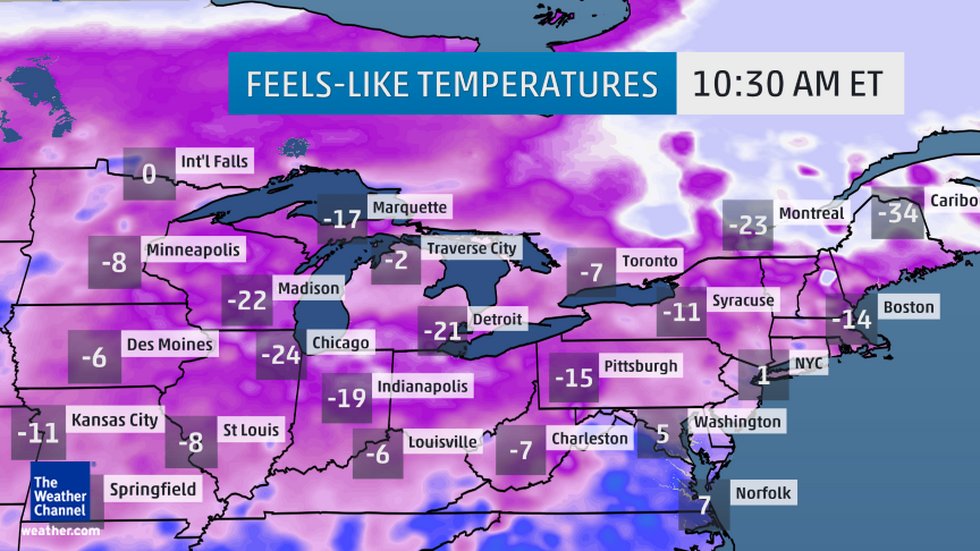On the first Wednesday of each month we like to pause and take a look at what’s going on in the world around us. We’ll highlight some nature and environmental news, give you a bit of inspiration, and ask you to partake in a monthly sustainability initiative with us.
In the news
We love nature and we love animals, but we also love humans and we’re commending this 30-something man for fighting off a mountain lion and surviving the ordeal. Mountain lions are a big fear of mine (Sarah) even though I know it’s highly unlikely I’ll ever see one, let alone get attacked or killed by one.
Sometimes rationality doesn’t prevail. I think this is especially true in the case of snakes – did you know that only six people in the U.S. died last year because of snake bites? Six! Meanwhile, 39 people died of dog bites and we’re all like hell yeah, let’s invite them into our beds!
In our homes
This month we’re focused on staying warm and cozy. You could say we’re deep into the Hygge game. We are making plenty of time to bundle up and head outside, but once we come back in, we kick off our boots and promptly put our slippers on. Candles are lit, music is played, and golden milk is warming on the stove. A nice oil diffuser and heating pad also add a little warmth and moisture to my evenings. Curling up with a good book is my favorite way to spend all of February.
Of course, V-day is right around the corner and each year it serves as a reminder to buy organic + sustainably grown flowers. February and May continuously boast the highest flower sales in the United States. Join us in this month’s sustainability initiative and give your Valentine and your mama flowers free of pesticides. Please buy organic, fair trade blooms, add extra karma points if they’re local. Next week we’ll share the scoop on why buying organic and fair trade is important, even when it comes to flowers. We’re hoping this will shift your (and your partner’s) habit for the rest of this year and your life. 🙂
In our backyards
We tend to agree with the Norwegians when they say, “There is no bad weather, only bad clothes!” Regardless of the weather, we make time to go outside each day. We know this is the only way to burn off our excess angst (and that of our kids and dog) and we feel better each time because of it. If you need a bit of inspiration to #OptOutside, remember that the Great Backyard Bird Count happens this month! This year it is February 15-18 and if you remember, participants are asked to count birds for as little as 15 minutes (or as long as you wish) on one or more days of the four-day event. The most important step is reporting your sightings online at birdcount.org. We are in, are you!?
In our hearts
February can be a dark month for many of us. When Cupid, love, and heart-shaped boxes of chocolate are everywhere we look, it’s no wonder we feel depressed if things are not going quite right. This month we are focusing on self-nourishment. Some peeps call it self-love or self-care and hell, it’s all the same, but in short, we are looking to things that are necessary to sustain our growth, health, and goodness.
Some days we’re focused on healing our bodies through food, exercise, and beauty routines, while other times we’re focused on personal growth by learning new skills, like how to successfully cook that recipe or knit that sweater, or write that book chapter, and sometimes we’re cultivating our goodness by sharing kind words with our friends, writing love letters to ourselves, and spending a few moments in silent meditation each day.
This month we’re going to share our little remedies and rituals that help keep our blues at bay. If you or anyone you know is suffering, please reach out to them, offer an ear and ask them to seek help, life is hard, but it should feel worth living.

